38 why dont food labels list nucleic acids
PURINES AND PYRIMIDINES - University of Utah In gouts caused by an overproduction of uric acid, the defects are in the control mechanisms governing the production of - not uric acid itself - but of the nucleotide precursors. The only major control of urate production that we know so far is the availability of substrates (nucleotides, nucleosides or free bases). DNA Purification | DNA Extraction Methods | Promega The first step in any nucleic acid purification reaction is releasing the DNA/RNA into solution. The goal of lysis is to rapidly and completely disrupt cells in a sample to release nucleic acid into the lysate. There are four general techniques for lysing materials: physical methods, enzymatic methods, chemical methods and combinations of the ...
Deoxyribonucleic Acid (DNA) Fact Sheet - Genome.gov In organisms called eukaryotes, DNA is found inside a special area of the cell called the nucleus. Because the cell is very small, and because organisms have many DNA molecules per cell, each DNA molecule must be tightly packaged. This packaged form of the DNA is called a chromosome. During DNA replication, DNA unwinds so it can be copied.

Why dont food labels list nucleic acids
Biological Polymers: Proteins, Carbohydrates, Lipids - ThoughtCo Lipids: water-insoluble molecules that can be classified as fats , phospholipids, waxes, and steroids. Fatty acids are lipid monomers that consist of a hydrocarbon chain with a carboxyl group attached at the end. Fatty acids form complex polymers such as triglycerides, phospholipids, and waxes. Carbohydrates, Proteins, and Fats - Disorders of Nutrition - Merck ... A food, such as carrots, bananas, watermelon, or whole-wheat bread, may have a high glycemic index but contain relatively little carbohydrate and thus have a low glycemic load. Such foods have little effect on the blood sugar level. Glycemic load also includes how changes in blood sugar are affected by the combination of foods eaten together. Protein, Carbohydrates, Lipids & Nucleic Acid Elements of Biological ... Plant proteins, such as grain, corn, nuts, vegetables, and fruits, are lower-quality, or incomplete, proteins because many plant proteins lack one or more of the essential amino acids, or because...
Why dont food labels list nucleic acids. Introduction to macromolecules (article) | Khan Academy Carbohydrates, nucleic acids, and proteins are often found as long polymers in nature. Because of their polymeric nature and their large (sometimes huge!) size, they are classified as macromolecules, big ( macro-) molecules made through the joining of smaller subunits. Introduction to proteins and amino acids - Khan Academy The structure and properties of amino acids. Formation of peptide bonds. Google Classroom Facebook Twitter. Email. Proteins. Introduction to amino acids. Peptide bond formation. Introduction to proteins and amino acids. This is the currently selected item. Overview of protein structure. Junkfood Science: Processed foods aren't real food - Blogger If fresh foods had labels with their chemical ingredients, that might creep us out, too, if we didn't know about chemicals. Some chemicals found naturally in foods are even toxic, but not in the amounts we eat: such as the cyanide in almonds, oxalic acid in spinach, benzene in cranberries and bananas, and avidin in raw egg whites — all good foods. COVID-19 Frequently Asked Questions | FDA - U.S. Food and Drug ... A: One of the best ways to prevent the spread of infections and decrease the risk of getting sick is by washing your hands with plain soap and water, advises the CDC.Washing hands often with soap ...
Tests of Carbohydrates - Chemistry Practicals Class 12 - BYJUS Molisch's test is a general test for carbohydrates. This test is given by almost all of the carbohydrates. In this test, concentrated sulfuric acid converts the given carbohydrate into furfural or its derivatives, which react with α-naphthol to form a purple coloured product. The chemical reaction is given below. Changes to the Nutrition Facts Label | FDA - U.S. Food and Drug ... FDA finalized the new Nutrition Facts label for packaged foods to reflect new scientific information. It will make it easier for consumers to make better informed food choices. Changes to the ... Nucleic Acids - Definition, Examples & Functions of Nucleic acids - BYJUS Deoxyribonucleic acid (DNA) and ribonucleic acid (RNA) are two major types of nucleic acids. DNA and RNA are responsible for the inheritance and transmission of specific characteristics from one generation to the other. There are prominently two types of nucleic acids known to us. Table of Contents, Deoxyribonucleic Acid (DNA) A Description of the Difference Between Carbohydrates ... - SFGATE Encompassing carbohydrates, proteins, lipids and nucleic acids, macromolecules exhibit a number of similarities. For example, all except lipids are long chains made up of smaller building blocks,...
PPT Biological Molecules - WOU Unsaturated fats bend because of the cis configuration Trans configuration results in an unsaturated fatty acid that is a straight chain like a saturated fatty acid Trans fats are rare in nature. Hydrogenation can create both saturated and trans fatty acids. Phospholipids Label the phosphate group on this phospholipid. 7 Types of Foods That Contain Lipids (and Which to Limit) 4. Seeds and Nuts. Many seeds and nuts are good sources of lipids and protein. Almonds, pecans, pistachios, macadamia nuts, walnuts, peanuts, flax seeds, chia seeds and pumpkin seeds are all high in unsaturated fats with ample amounts of protein. Walnuts are also a good source of omega-3s. Why nucleic acid not in the food labels list? - Answers Why do food labels must include MSG if it is in that product? MSG (monosodium glutamate) is a food additive added for its flavour enhancing proporties. Due to a number of people displaying a... List of Foods That Are High in Lipids | Healthfully Meats, Poultry and Fish. Pork, beef, poultry and poultry skins contain large amounts of lipids. The Cleveland Clinic suggests trimming visible fat from meats or purchasing leaner cuts. (See Reference 2) Some fish, such as salmon, mackerel and trout, are high in fats. Fish and fish oils provide omega-3 fatty acids thought to be necessary for ...
Why is nucleic acid not on nutrition labels? | Socratic There are other things that possibly may no longer have nucleic acids because of over-processing: • Jell-O, • Fruit roll-ups, • Clear jelly, • Kool-Aid, • Chewing gum, • Some candy, • Refined sugars and starches such as white flour, mmmmmmmmmmm ―――――――――, I've seen bottles in the drugstore labeled, " DN A " or " Nucleic Acid ",
Nucleic acid molecule examples - oybct.sklep-zazazu.pl Examples of Nucleic Acids: 1. DNA Deoxyribonucleic acid, also known as DNA, is a well-known component in genetics. It contains all of the genetic... 2. RNA Ribonucleic acid, or RNA, is also present in the nuclei of living things, although there are certain types of RNA... 3. Artificial Nucleic ....
dna - Why aren't nucleic acids on Nutrition labels? - Biology Stack ... First, not all nitrogen in foods is found in proteins: it is also contained in variable quantities of other compounds, such as free amino acids, nucleotides, creatine and choline, where it is referred to as non-protein nitrogen (NPN). Only a small part of NPN is available for the synthesis of (non-essential) amino acids.
All About Nucleic Acid Foods and Functions | livestrong Meat: Animal muscles are naturally high in nucleic acids, so chicken and red meat, such as beef and pork, are great sources, per a 2016 report in the Encyclopedia of Food and Health . Seafood: Fish is also high in nucleic acids, but it isn't only animal-based foods that provide nucleic acids. Chlorella, plant-based edible algae, is also a good source.
carbohydrate | Definition, Classification, & Examples | Britannica Carbohydrates are formed by green plants from carbon dioxide and water during the process of photosynthesis. Carbohydrates serve as energy sources and as essential structural components in organisms; in addition, part of the structure of nucleic acids, which contain genetic information, consists of carbohydrate.
Macromolecules: Nucleic Acid - Blogger Although nucleic acids are an important macromolecule, they aren't on the food pyramid or on any nutrition label. This is because they are in everything we eat that was once living and do consuming these living or once living things do not change any of our genetic information or possibly benefit or hurt us in anyway.
Why don't the Nutrition Facts statistics on food packages list the ... However, I can tell you that the pancreas secretes digestive enzymes that specifically break down consumed nucleic acids (DNAase & RNAase), just as it does for carbs, proteins & lipids. I'm not sure of the calorie content, though, if any. I suspect this may be a safety measure to degrade foreign nucleic acids from entering the body. 1, level 1,
Why do food labels not list nucleic acids? - Quora Short answer: The nucleoplasm. (in prokaryotes, the cytoplasm). Since all nucleic acids are synthesized in the nucleus, the synthesizing agents must "trust" that all components will be available when needed (and if not, the processes involved are suspended until the supply has been replenished).
Types of Food -- Protein, Carbohydrates, Fats, Alcohol When protein is listed on a nutrition label it only refers to the amount of complete proteins in the food, though the food may be very strong in a subset of the essential amino acids. Animal-derived foods contain all of those amino acids, while plants are typically stronger in some acids than others. Complete proteins can be made in an all ...
Amino acid - Wikipedia Amino acids are organic compounds that contain both amino and carboxylic acid functional groups. Although hundreds of amino acids exist in nature, by far the most important are the alpha-amino acids, which comprise proteins. Only 22 alpha amino acids appear in the genetic code.. Amino acids can be classified according to the locations of the core structural functional groups, as alpha- (α ...
Nucleic Acids - Function, Examples, and Monomers - ThoughtCo Key Takeaways: Nucleic Acids. Nucleic acids are macromolecules that store genetic information and enable protein production. Nucleic acids include DNA and RNA. These molecules are composed of long strands of nucleotides. Nucleotides are composed of a nitrogenous base, a five-carbon sugar, and a phosphate group.
Protein, Carbohydrates, Lipids & Nucleic Acid Elements of Biological ... Plant proteins, such as grain, corn, nuts, vegetables, and fruits, are lower-quality, or incomplete, proteins because many plant proteins lack one or more of the essential amino acids, or because...
Carbohydrates, Proteins, and Fats - Disorders of Nutrition - Merck ... A food, such as carrots, bananas, watermelon, or whole-wheat bread, may have a high glycemic index but contain relatively little carbohydrate and thus have a low glycemic load. Such foods have little effect on the blood sugar level. Glycemic load also includes how changes in blood sugar are affected by the combination of foods eaten together.
Biological Polymers: Proteins, Carbohydrates, Lipids - ThoughtCo Lipids: water-insoluble molecules that can be classified as fats , phospholipids, waxes, and steroids. Fatty acids are lipid monomers that consist of a hydrocarbon chain with a carboxyl group attached at the end. Fatty acids form complex polymers such as triglycerides, phospholipids, and waxes.
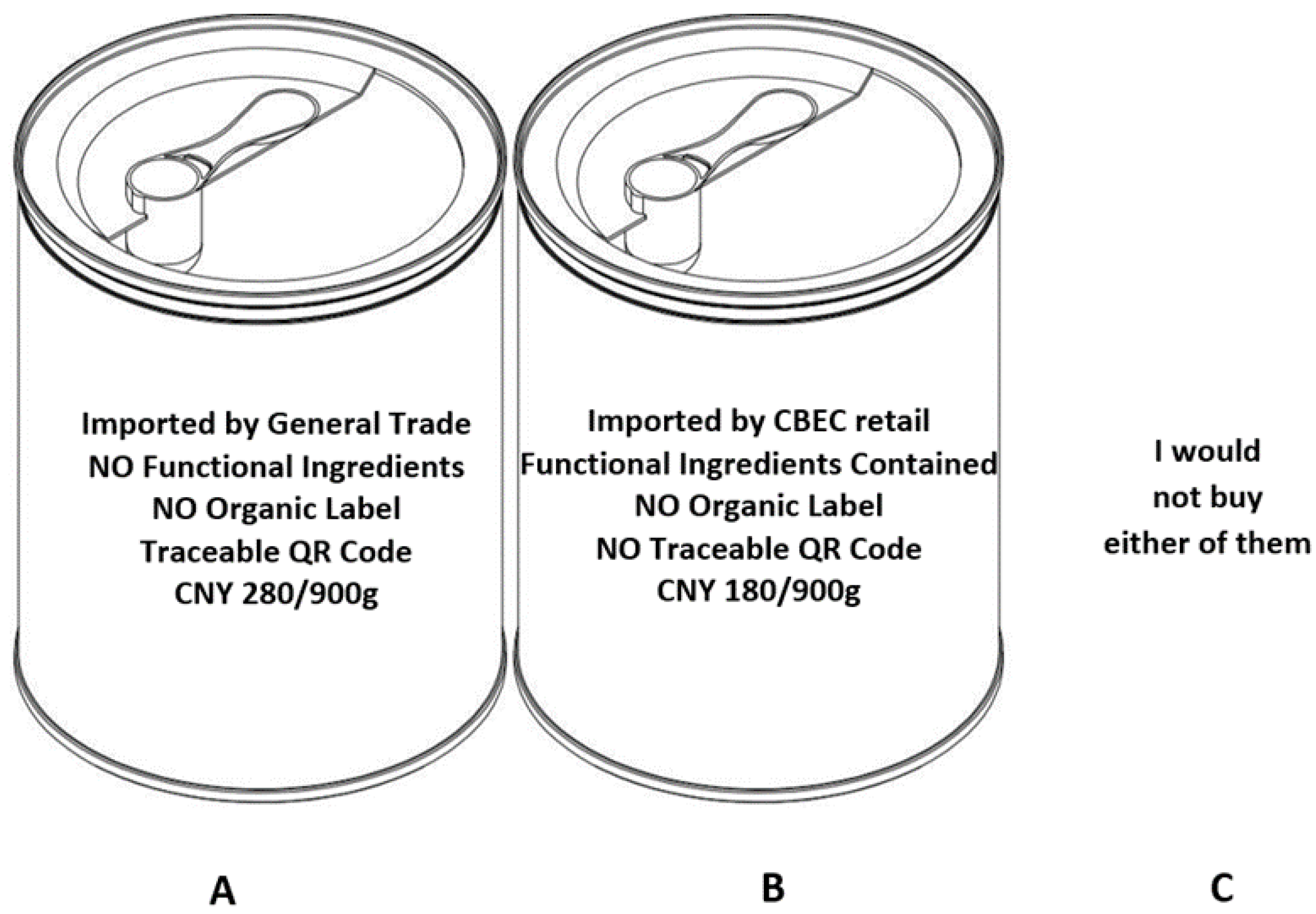







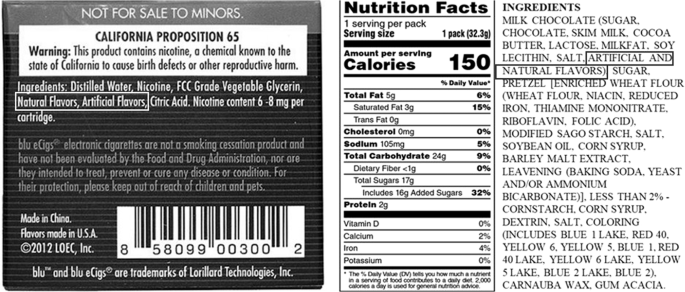

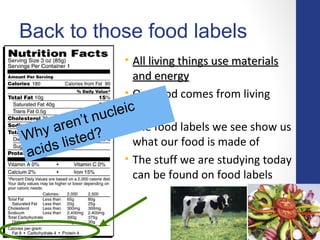


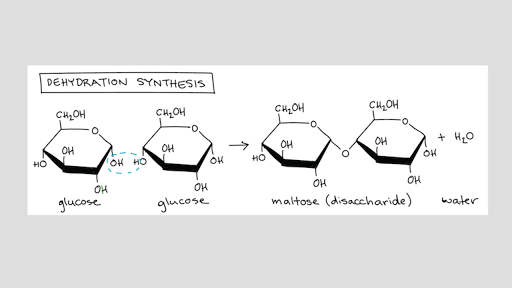


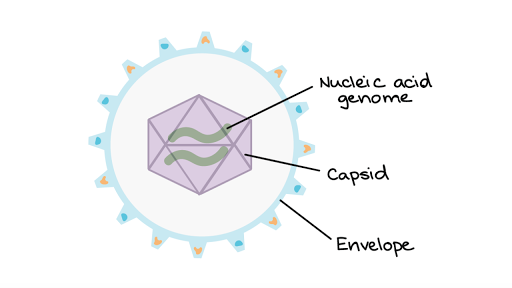
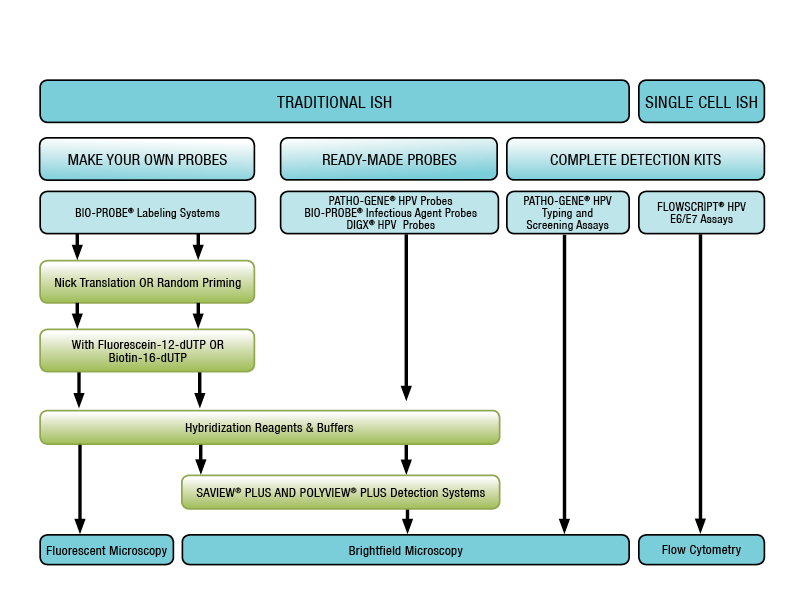




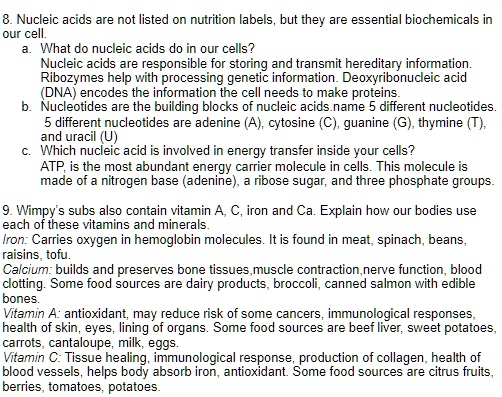




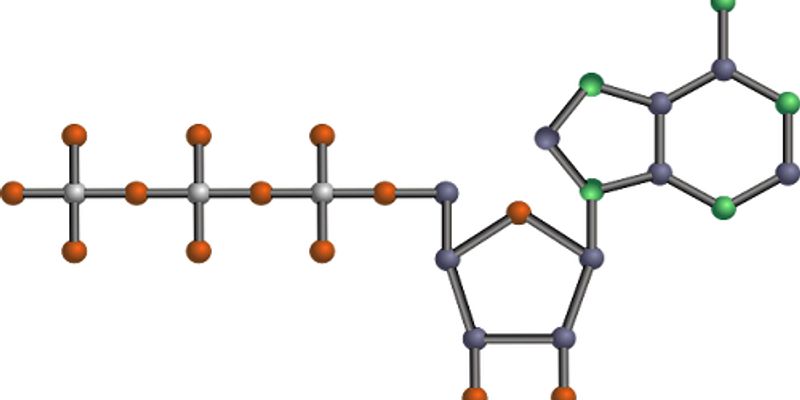



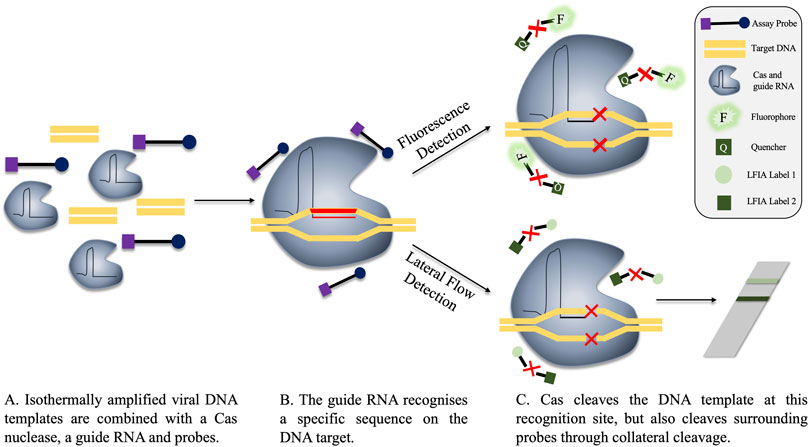
Post a Comment for "38 why dont food labels list nucleic acids"